Let’s be honest—there are a lot of numbers on our smartwatches. Steps, heart rate, sleep cycles, HRV, body temperature, oxygen saturation, VO2 max… it’s easy to get data overload. But what if I told you the secret isn’t tracking everything—it’s tracking the right things based on your specific goals? Regularly checking in on your smart device stats is one of the best habits you can have for your personal success.
As an athlete in my 40s and a holistic health coach, I’ve learned to use data from my smart devices to work smarter, not harder. Whether your goal is to live longer, get leaner, perform better, or just feel more like yourself again, there are key health stats that can help you get there. So here’s a breakdown of what to track (and why), organized by goal.
Goal 1: General Health and Longevity
If your primary goal is to stay healthy, prevent chronic disease, and feel good as you age (hello, adult athletes!), here are the smart device stats that I’d recommend focusing on:
Resting Heart Rate (RHR)
This is one of the most underrated early warning signs of stress, overtraining, or illness. A lower RHR (typically between 50–70 bpm for adults) usually indicates good cardiovascular health and efficient heart function.
Science says: A 2013 study in Heart found that higher RHR is associated with increased mortality, even in healthy individuals (Jensen et al., 2013).
Track it with: Oura Ring or Whoop Strap
Heart Rate Variability (HRV)
HRV reflects the variation in time between each heartbeat. A high HRV typically signals strong parasympathetic (rest-and-digest) nervous system activity. It’s one of the best indicators of overall resilience and health.
Science says: Low HRV has been linked to higher risk of cardiovascular disease and poor stress recovery (Shaffer & Ginsberg, 2017).
Track it with: Garmin Heart Rate Strap
Sleep Duration and Quality
Prioritizing 7–9 hours of quality sleep can literally extend your life. Smart devices can track not just time asleep but also time spent in deep and REM sleep—critical stages for brain function and repair.
Science says: Short sleep duration is linked to metabolic syndrome, obesity, and cognitive decline (Medic et al., 2017).
Track it with: Oura Ring or Fitbit Inspire 3
Goal 2: Fat Loss or Body Composition Change
When your goal is to lose fat (or shift your body composition without obsessing over the scale), data can actually help you do it in a sustainable way.
Total Daily Steps
You don’t have to hit 10,000 steps—but keeping daily movement high is one of the easiest ways to create a calorie deficit without killing yourself in the gym.
Science says: Higher daily step counts are associated with lower all-cause mortality—especially in those over 40 (Paluch et al., 2021).
Track it with: Apple Watch Series 10 or Garmin Forerunner 55
Sleep Consistency
Poor sleep messes with your hunger hormones. Even one night of short sleep can spike ghrelin (your hunger hormone) and lower leptin (your fullness hormone), making it harder to resist cravings.
Science says: Sleep-deprived individuals eat ~385 extra calories per day, mostly from fat and carbs (Nedeltcheva et al., 2009).
Track it with: Whoop 4.0 or Oura Ring Gen 3
Body Fat Percentage (Estimate)
While not always 100% accurate, consistent bioimpedance readings from your scale or wearable can help you track trends in fat loss versus muscle gain.
Track it with: Hume Health Body Pod Scale
Goal 3: Athletic Performance & Training Gains
Training for strength, endurance, or competition? Here’s what smart device stats you need to monitor so you can train smarter and avoid burnout.
Training Load & Recovery Scale
Too much strain without enough rest = overtraining. Many wearables now offer readiness or recovery scores based on HRV, sleep, and other data.
Science says: Recovery tracking improves training periodization, reduces injury risk, and supports long-term gains (Kellmann et al., 2018).
Track it with: Whoop or Garmin Fenix 6 (I have been using the 6s Sapphire for years and I love it!)
VO2 Max
This is your body’s maximal oxygen uptake during exercise—a major predictor of aerobic fitness and endurance capacity. A higher VO2 max = more efficient energy use.
Science says: Higher VO2 max is associated with lower cardiovascular disease and mortality risk (Lee et al., 2011).
Track it with: Polar Vantage V2 or Apple Watch Ultra
Recovery Heart Rate
This measures how quickly your heart rate drops after intense effort—a quick recovery signals better cardiovascular fitness and nervous system health.
Science says: A slow heart rate recovery post-exercise is a predictor of mortality and poor autonomic function (Cole et al., 1999).
Track it with: Garmin Forerunner 265
Goal 4: Hormone Balance & Stress Management
Let’s talk about a topic that hits close to home—especially for women over 40. Hormones run the show, and chronic stress is public enemy number one when it comes to keeping them in balance.
HRV (again)
HRV also doubles as your stress radar. If it tanks overnight or after a stressful event, your body may be in fight-or-flight mode longer than it should.
Science says: Chronic psychological stress leads to lowered HRV and is linked to menstrual irregularities and worsened perimenopausal symptoms (Koenig et al., 2016).
Track it with: Garmin Heart Rate Strap
Skin Temperature Trends
Subtle increases in overnight skin temperature can signal stress, inflammation, or hormonal shifts (like ovulation or perimenopausal hot flashes).
Track it with: Oura Ring or Fitbit Sense 2
Respiratory Rate
An elevated respiratory rate at night—especially alongside poor sleep—can be a sign of sympathetic dominance (aka chronic stress).
Science says: Tracking respiratory rate can aid in early detection of infection, overtraining, or burnout (Lamberts et al., 2009).
Final thoughts: Use your smart device stats, don't obsess over them
Here’s the thing: smart devices are powerful tools—but they’re just that: tools. They don’t replace how you feel. They don’t measure your self-worth. And they definitely don’t always get things right. Smart device stats can be helpful in identifying changes in your physical health, but they are not accurate enough to determine medical diagnoses. You’ll need to consult your doctor for that.
But when used with intention, they can empower you to listen to your body, optimize your training, and catch red flags early.
So whether you’re chasing longevity, fat loss, or performance PRs, track what matters for your goals—and let the rest go.
If you’re looking for an easy way to start tracking, check out my favorite tools below. These are the tools that I currently use and highly recommend. With these 2 tools, you can track every indicator that I’ve listed above which is nice because when your goals change then you don’t have to purchase a new device.
And hey—if you’re not sure what your goals even are right now? That’s totally okay too. Try starting by setting a goal for sleep and steps. Those two metrics influence many factors and will help to significantly improve your physical fitness, your ability to recover and to support emotional health. They are also heavily influenced by other lifestyle factors so they can help you reveal other areas of your life that may need improvement.
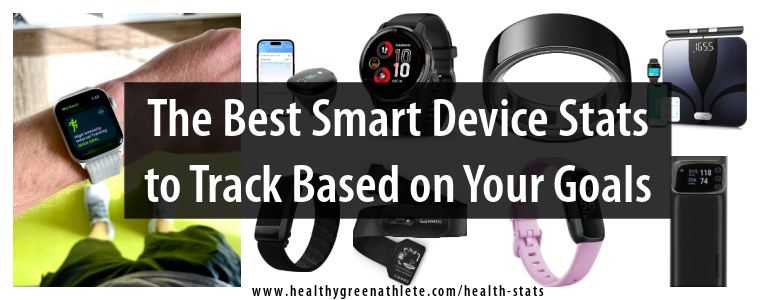
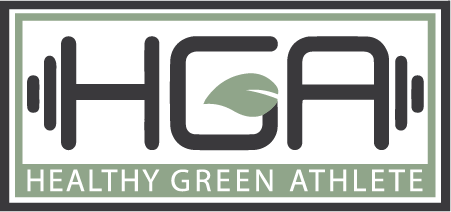
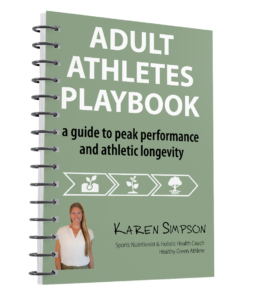

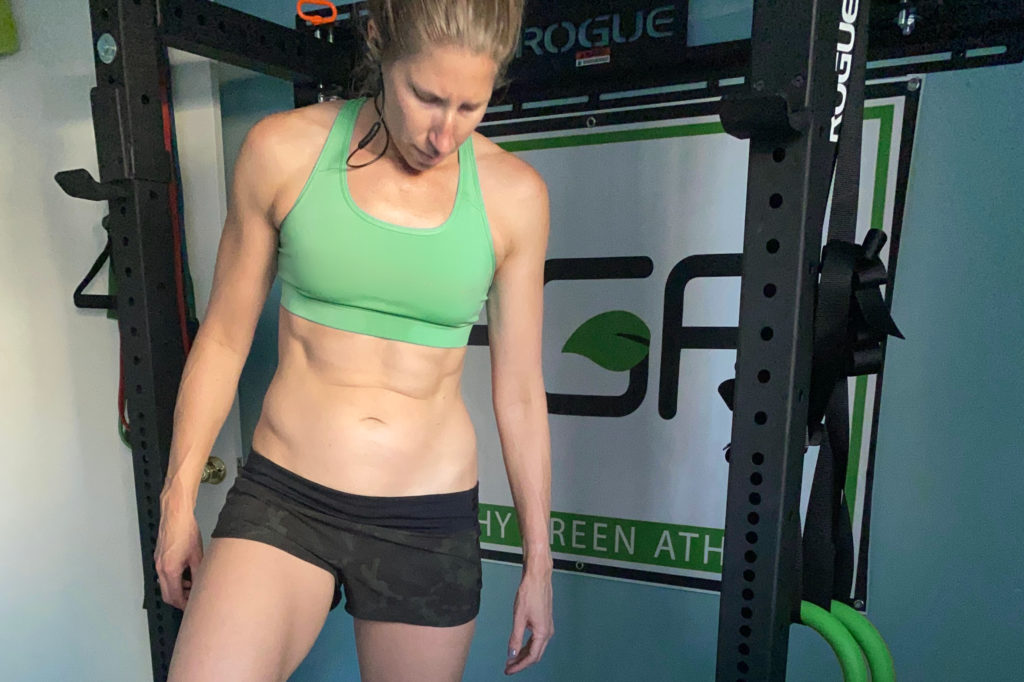

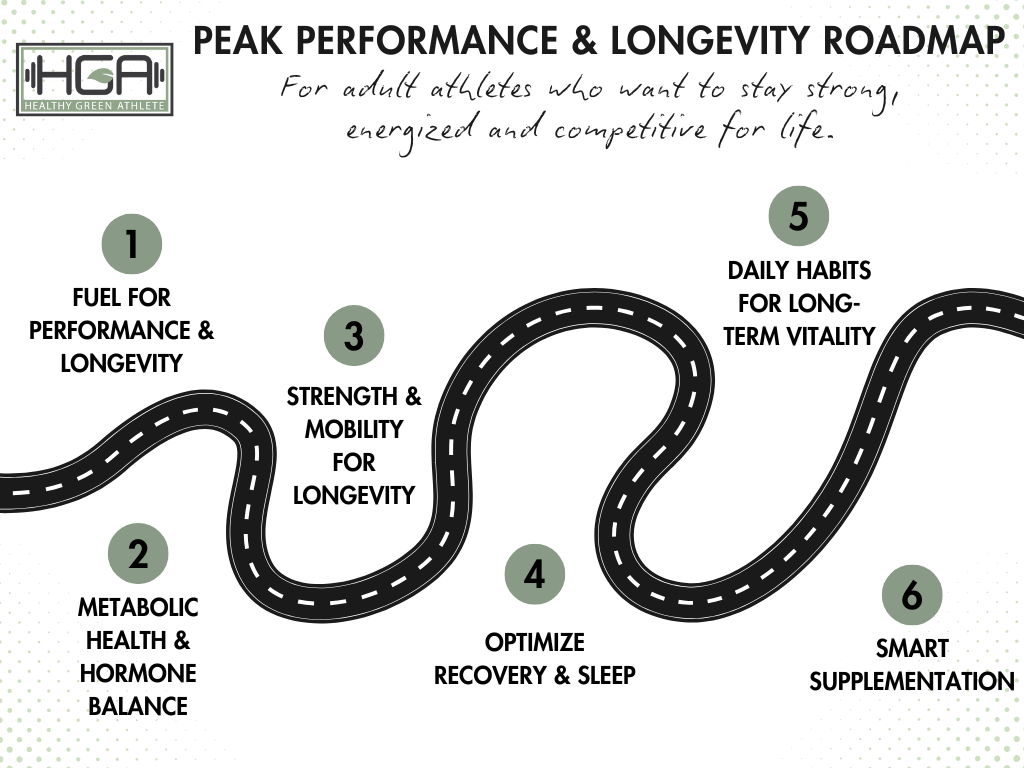
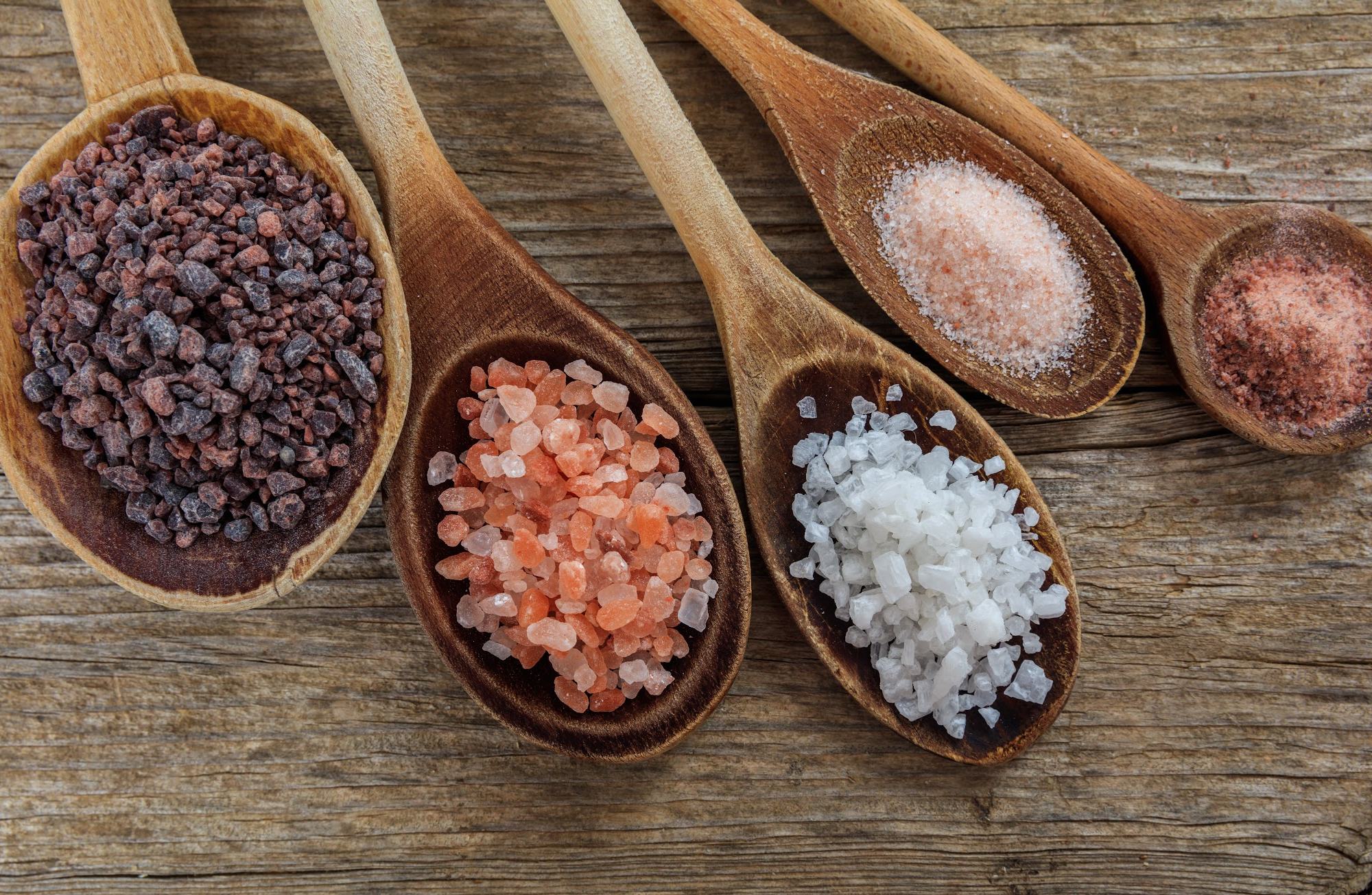
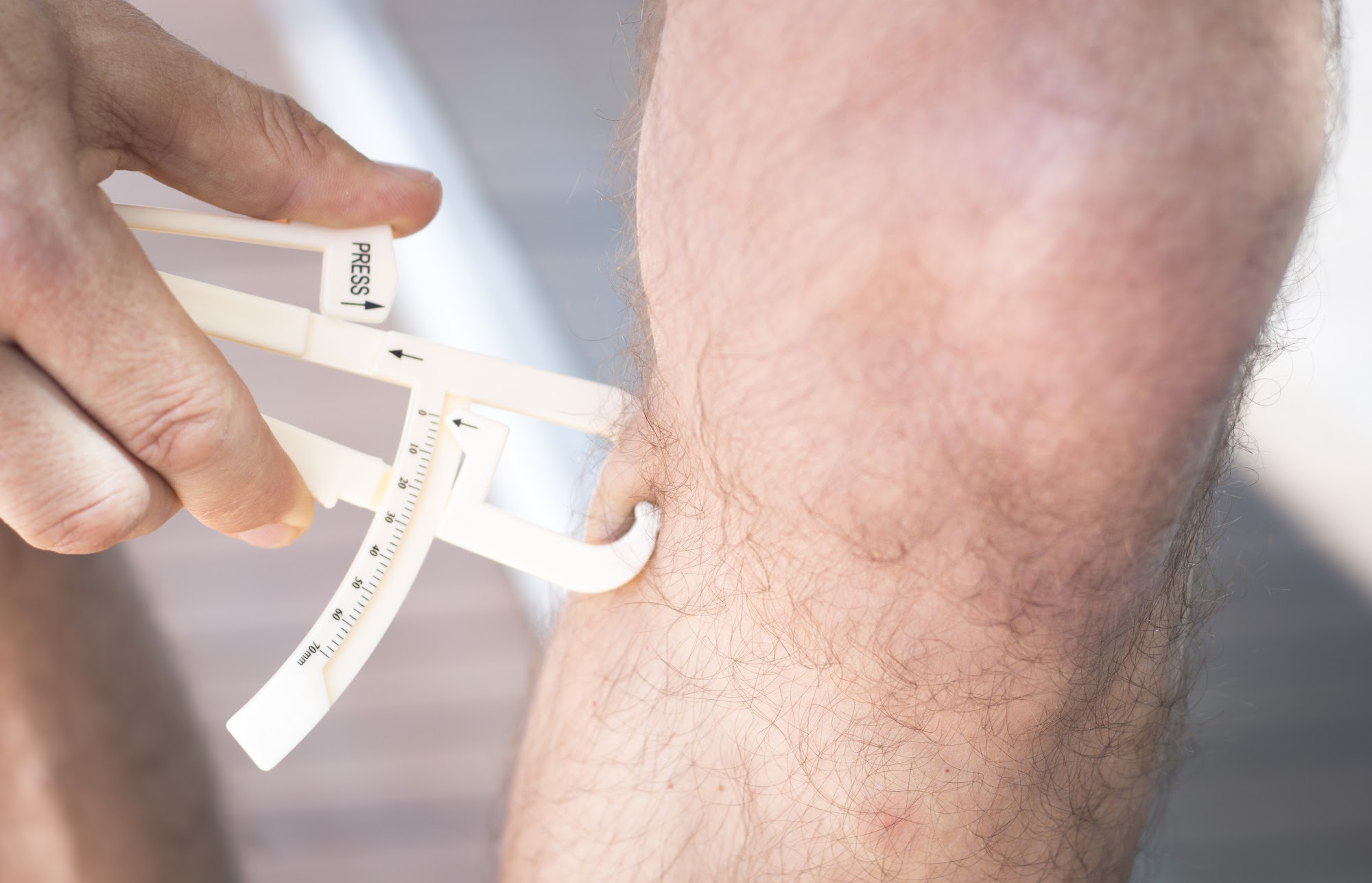

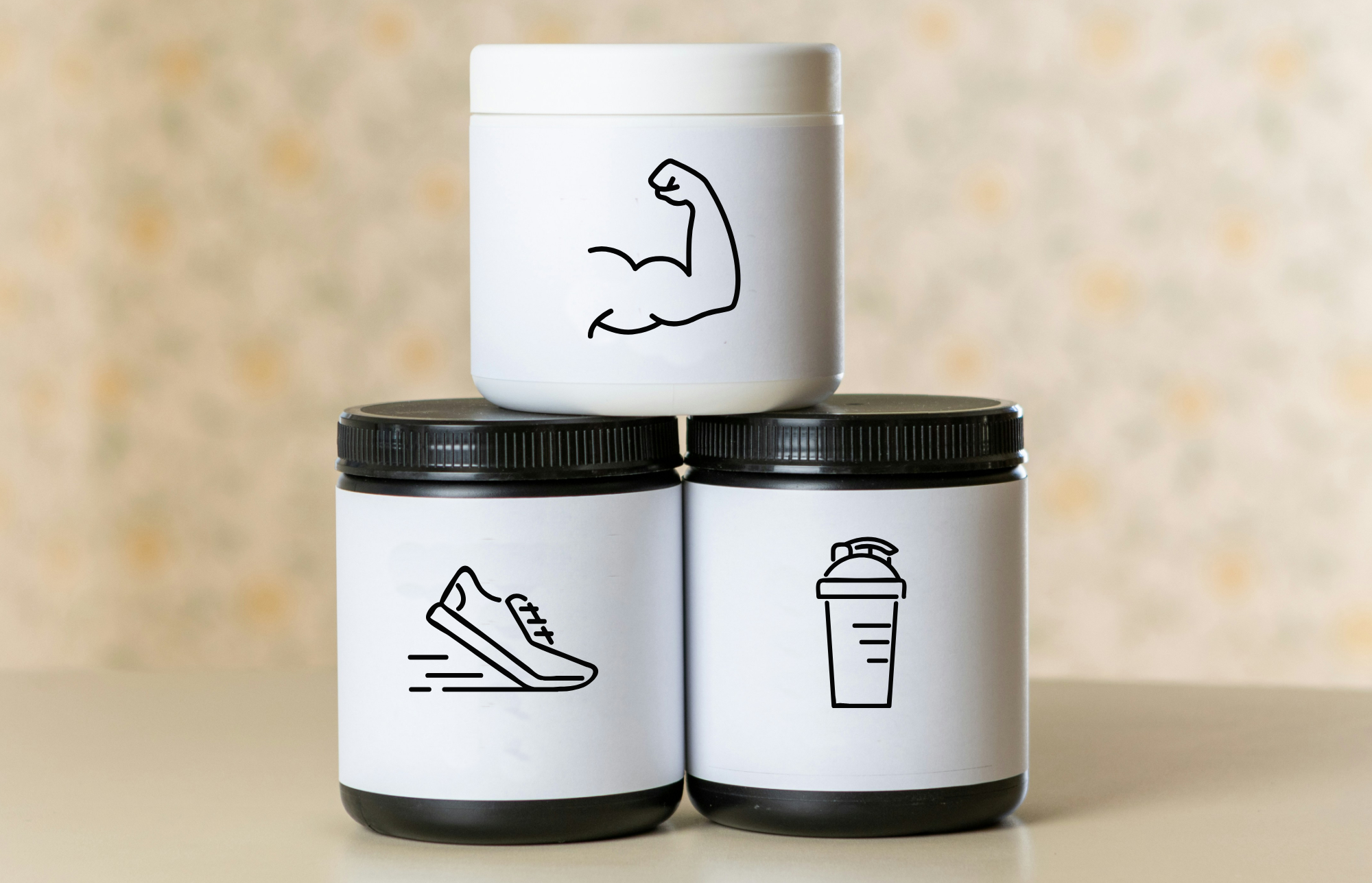


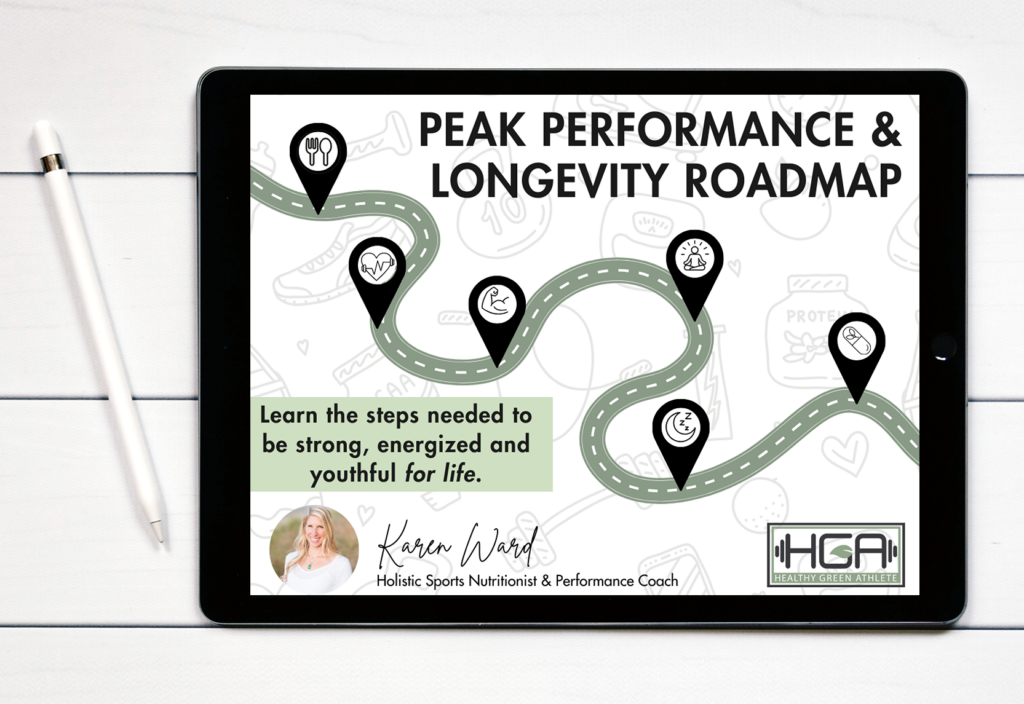
One Comment
Pingback: